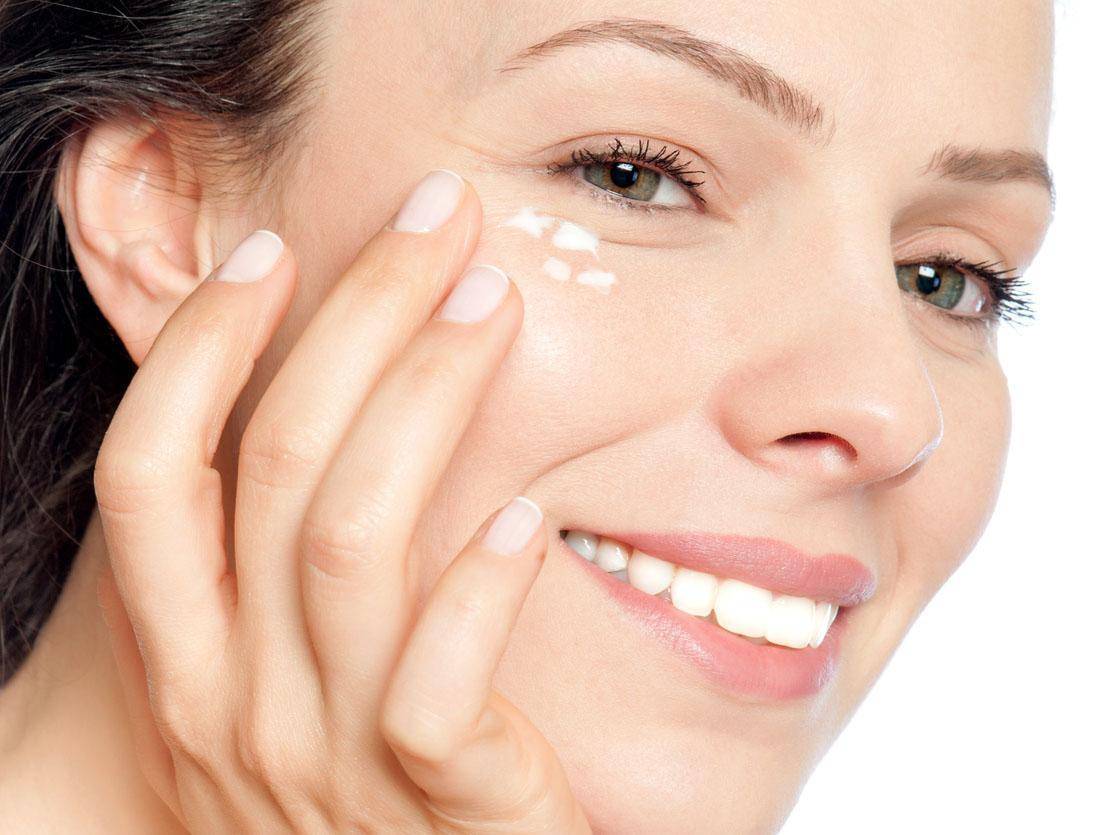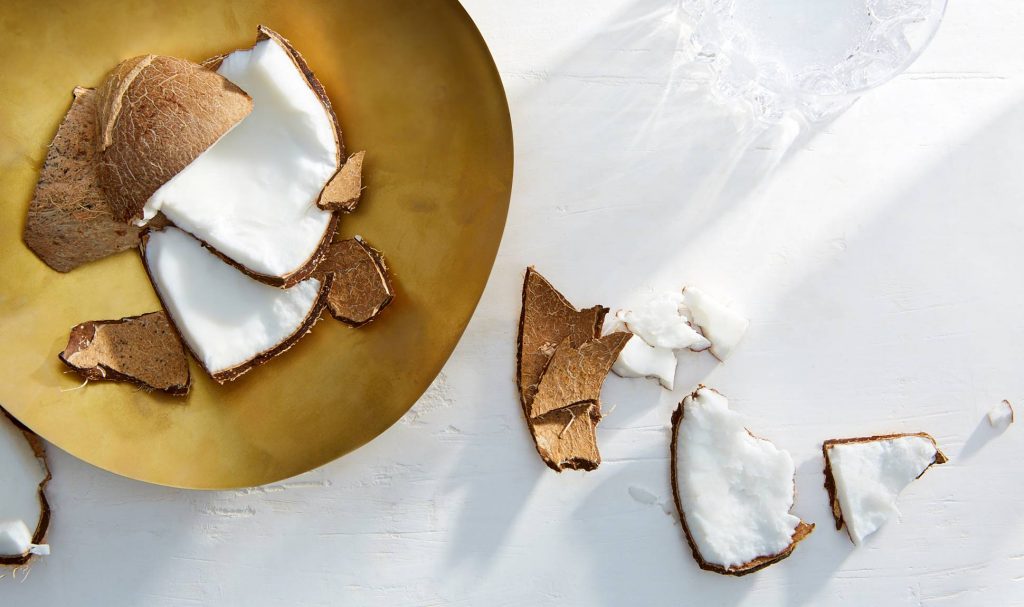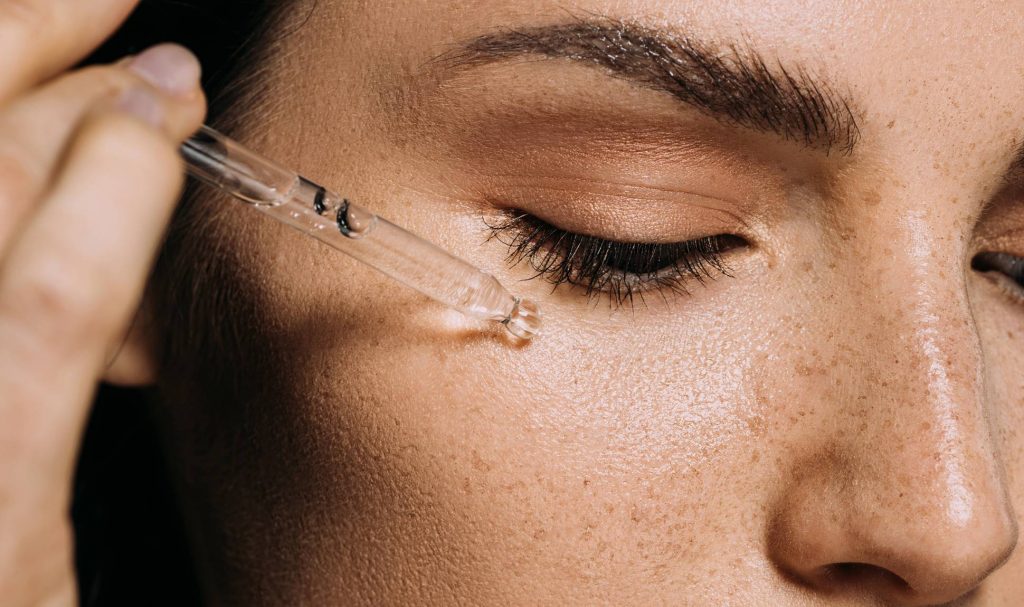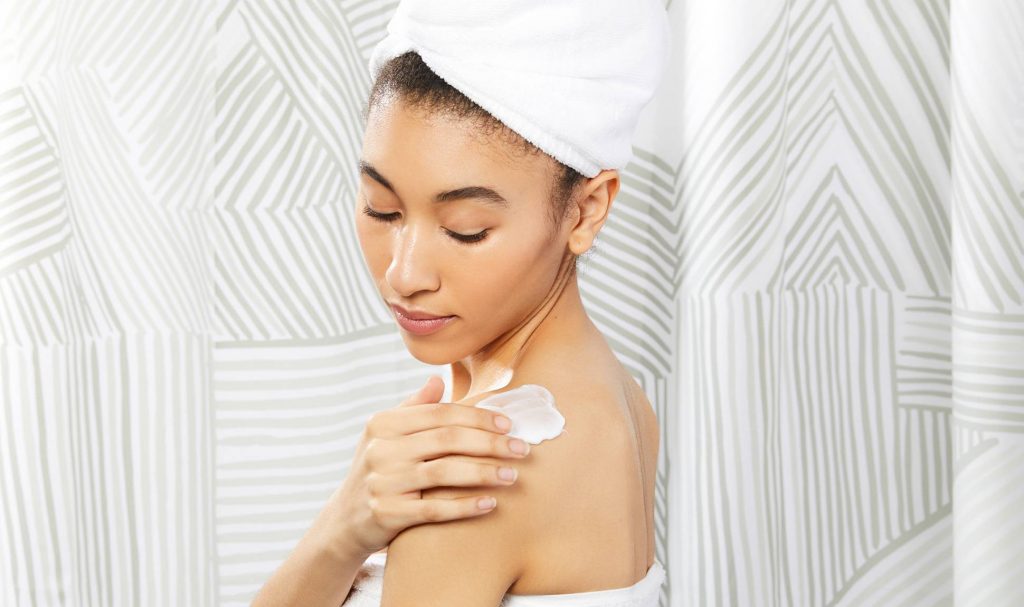With thousands upon thousands of creams, gels and serums claiming to turn back the clock on your skin, anti-ageing products can be totally baffling.
From anti-wrinkle, de-creasing, radiance and plumping, the list of fancy buzzwords goes on. So, what exactly should you be looking for?
When it comes to reducing visible signs of ageing, there’s only one super ingredient that really delivers on its promise – retinol.
What is it?
Retinol and retinoic acid are both forms of vitamin A which you might come across in skincare products. The strongest of which, rentinoic acid, is generally only available through prescription while retinol will appear in varying percentages in regular products.
If you’re struggling with acne or seeking more aggressive measures to reduce the appearance of wrinkles, then it’s worth consulting a dermatologist about getting a prescription. Otherwise, products that you can find in the beauty aisle which contain retinol will suffice.
What does it to?
Famed for its anti-ageing properties, rentinol is able to tackle several different skin concerns at once including sun damage, fine lines, pores, acne and overall texture.
When it comes into contact with skin, the product works hard to increase cell turnover, stimulate collagen and elastin production leaving you with hydrated skin that’s smoother and more even-toned.
What skin types is it suitable for?
Retinoids have come a long way and there are plenty of options available for those with sensitive skin. However, if you have underlying skin conditions like eczema or rosacea using a high strength retinol product could enhance inflammation.
That’s not to say you can’t use them though. Simply gradually introduce it into your skincare routine and make sure to prep with moisturiser beforehand.
A word of warning here, retinol products can make even the stubborn of skin more sensitive to UV exposure so always follow with an SPF 30 or higher.
When should you apply it?
As a rule, retinol creams or serums are best used at night. Apply a pea-sized amount to the face, wait and apply a small amount of moisturiser if needed. Generally speaking, this should be enough to see you through once a week but based on how your skin responds, you could extend this to two nights on, one night off.
If any redness or irritation appears the next day, you should always skip that night’s application and consider using a less potent product.




